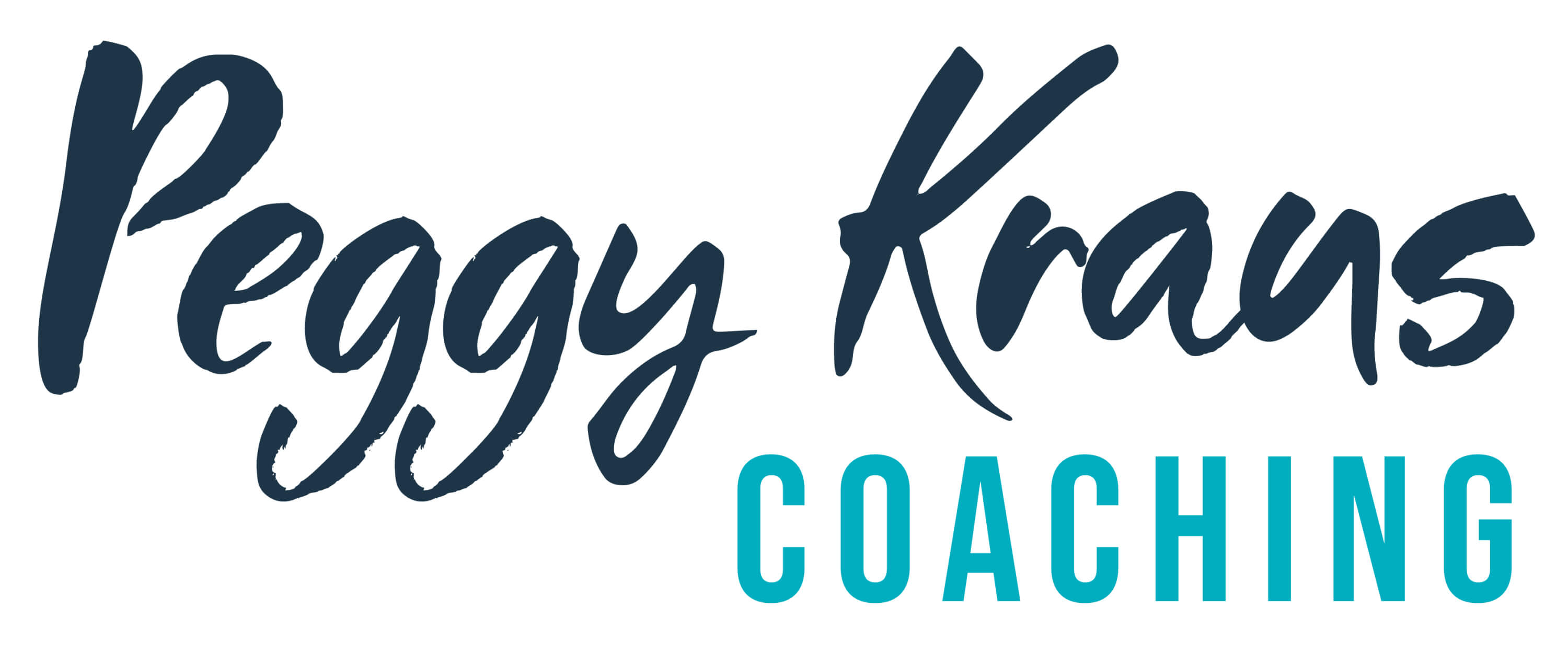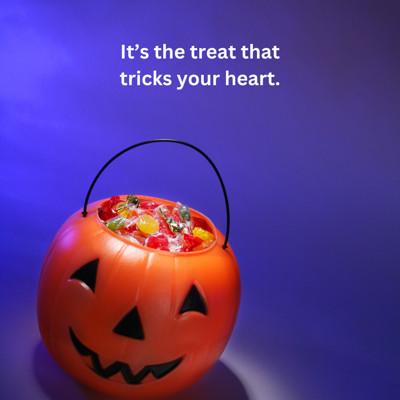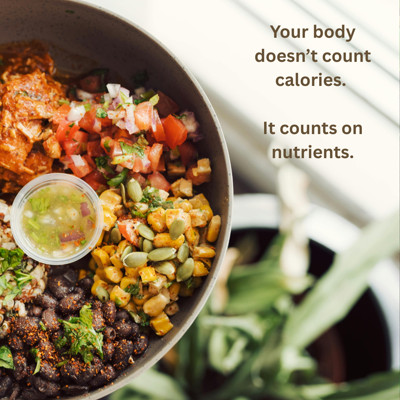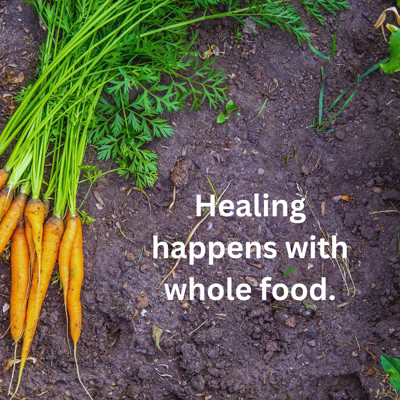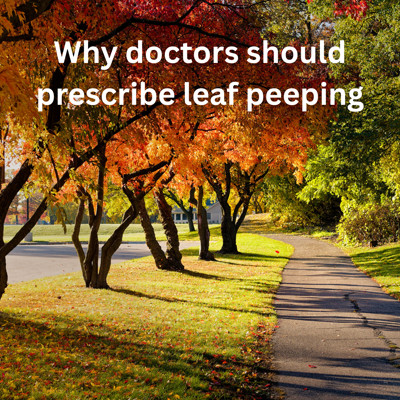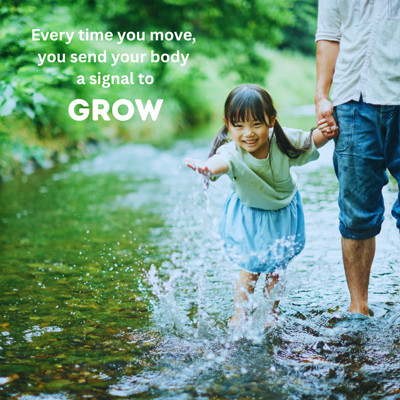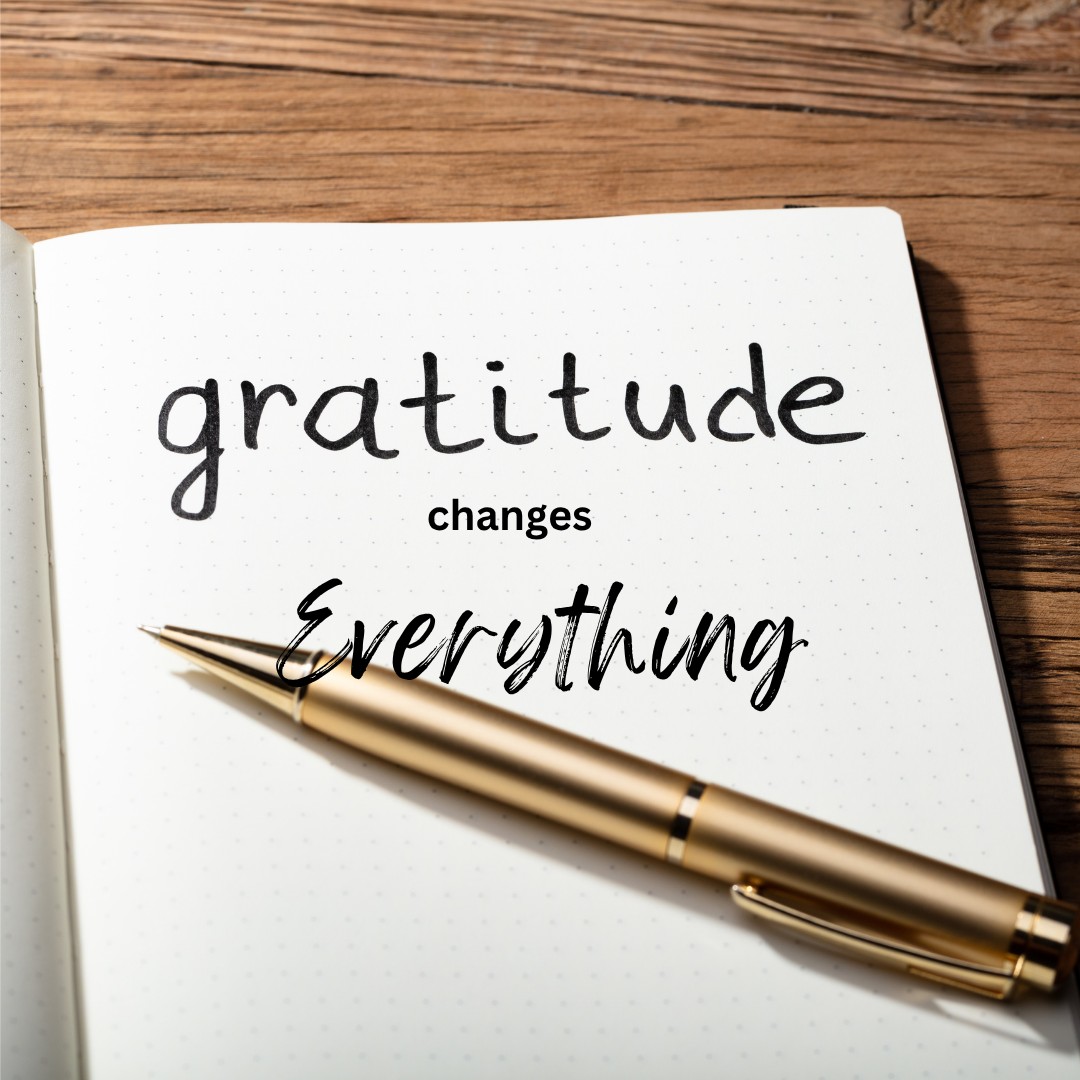
Gratitude isn’t just a feeling—it’s a health strategy. Linked to better sleep, stronger immunity, and lower risk for chronic disease, gratitude can reset your rhythm and help you feel good again.
Read more...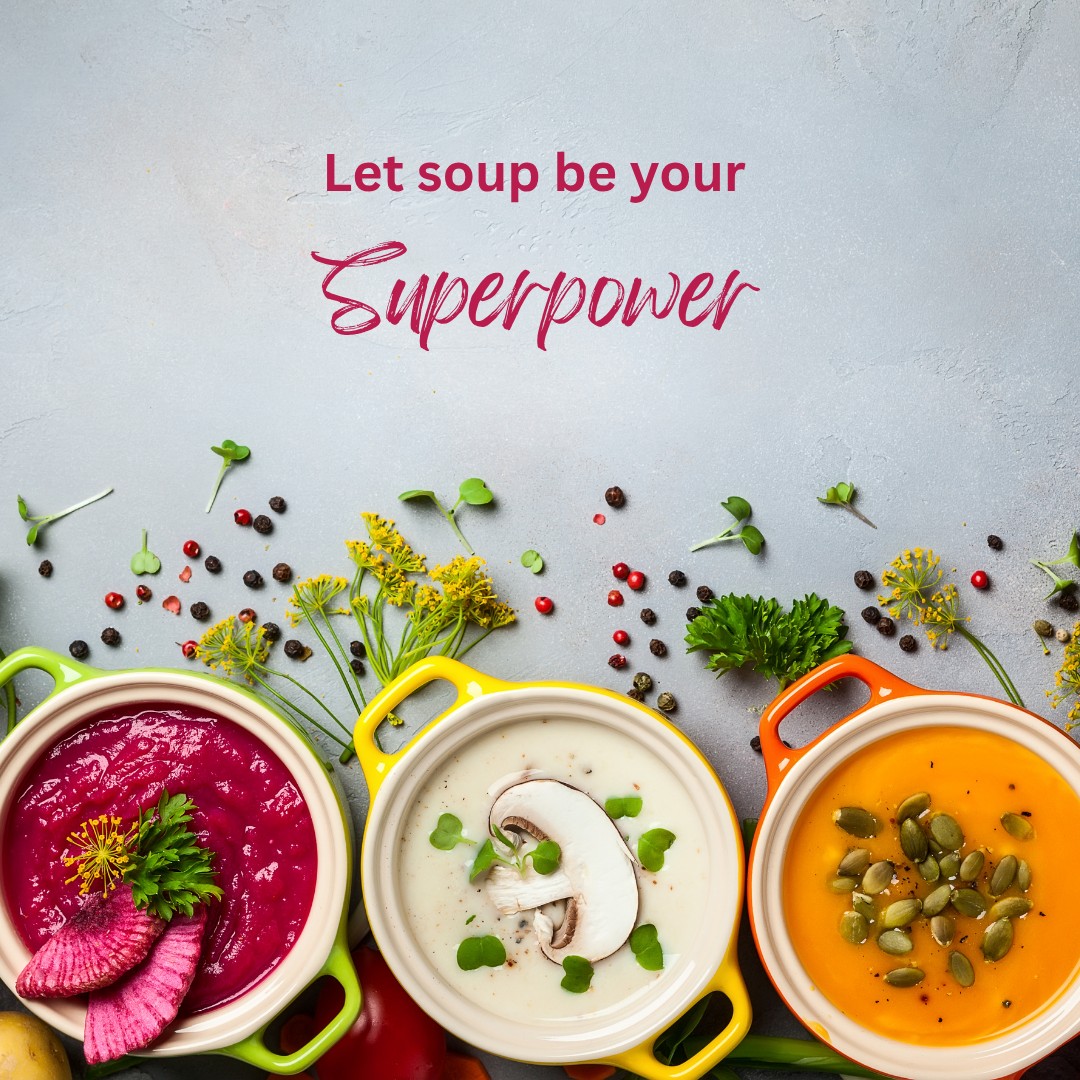
Soup is my winter superpower—cozy, nutrient‑rich, and endlessly versatile. From delicata squash to lentils, every bowl expands your palate, boosts nutrient variety, and makes feeling good simple.
Read more...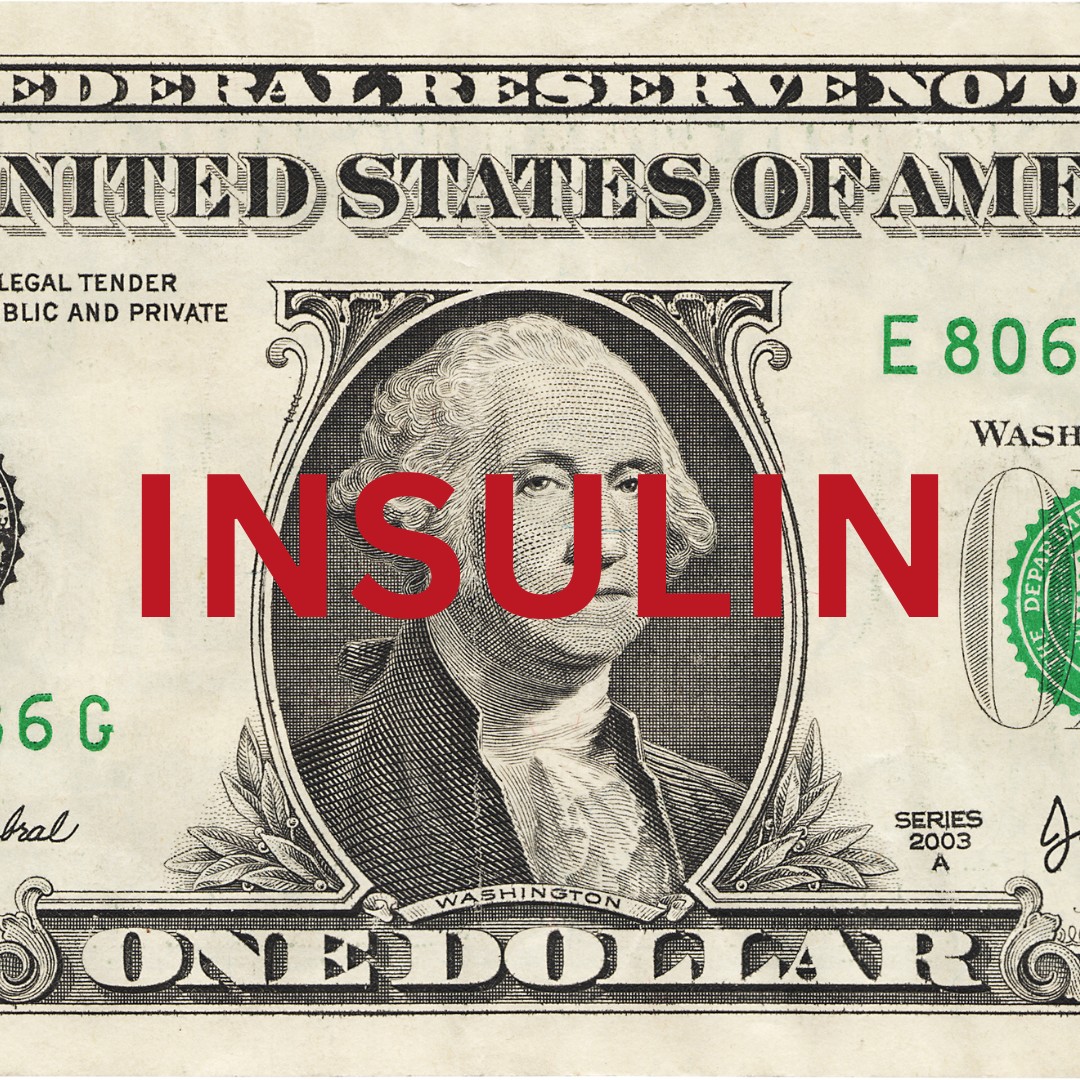
On World Diabetes Day, we honor Frederick Banting’s radical generosity—he gave insulin to the world. His vision reminds us that health should be guided by purpose, not profit
Read more...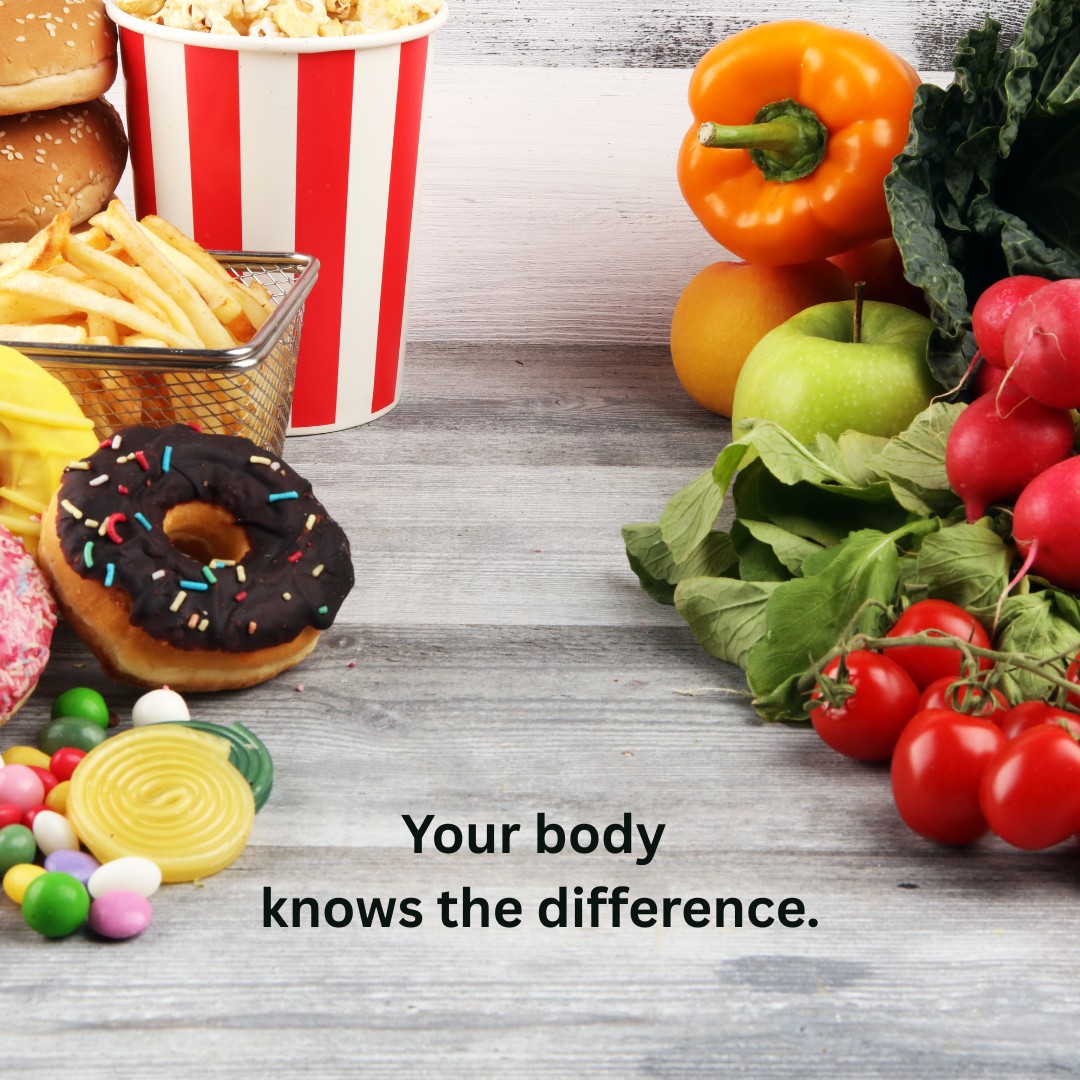
Your body is brilliant—it knows what to do with real carbohydrates like oats, lentils, and berries. Refined ‘carbs’ confuse the system, but whole carbohydrates stabilize blood sugar, support your microbiome, and fuel lasting health
Read more...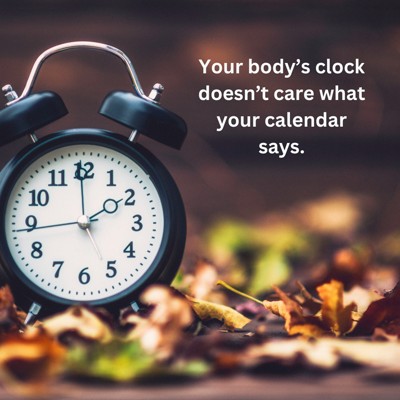
An extra hour of sleep feels like a gift, but even small shifts can ripple through mood, appetite, and blood sugar. Morning light is the reset your body needs—ten minutes of sunshine within an hour of waking can steady energy, sleep, and emotional balance.
Read more...